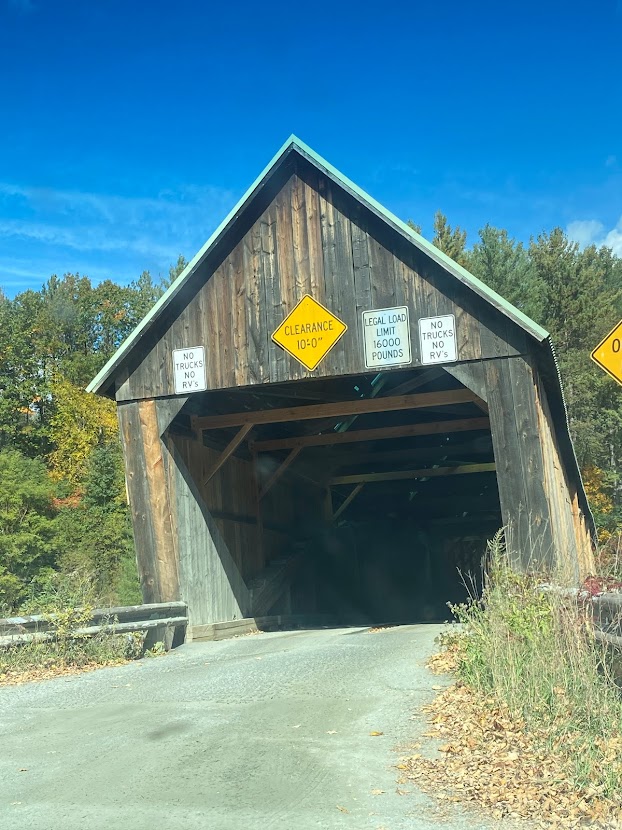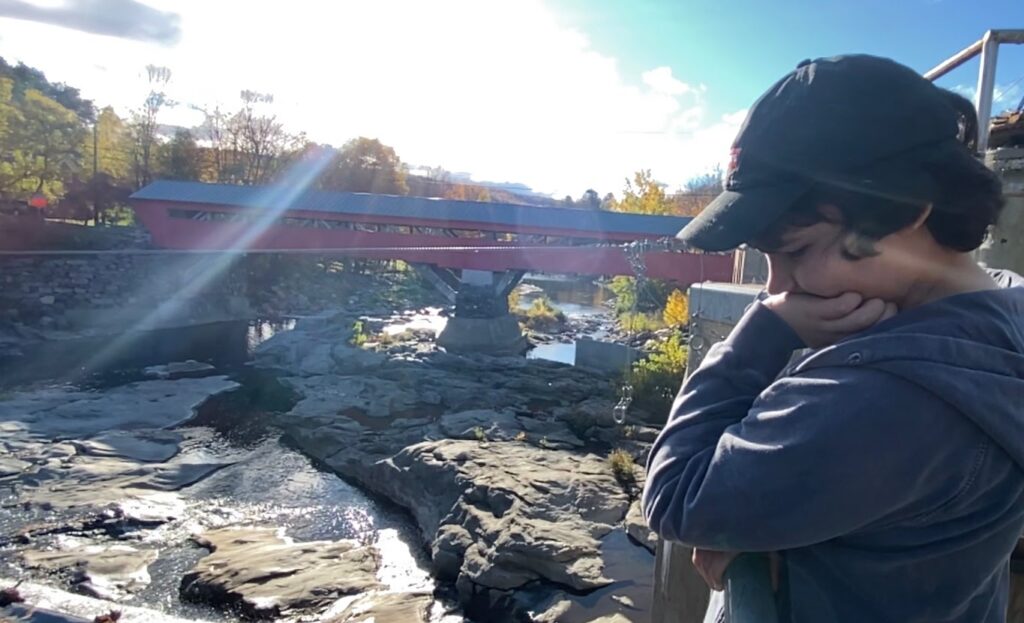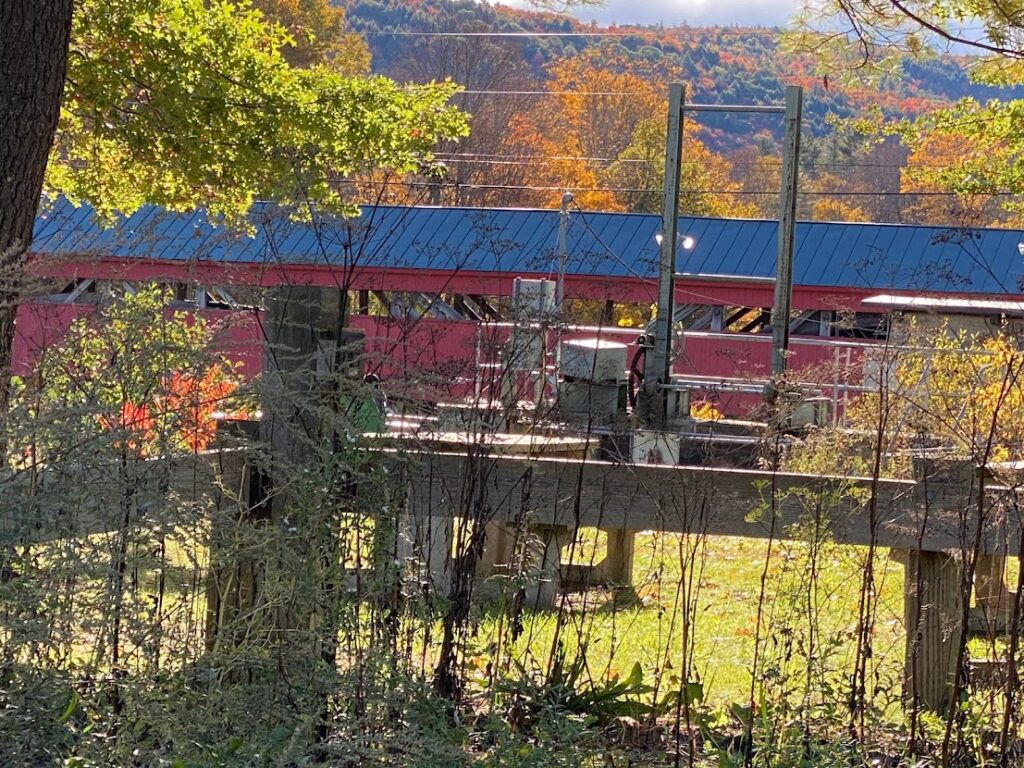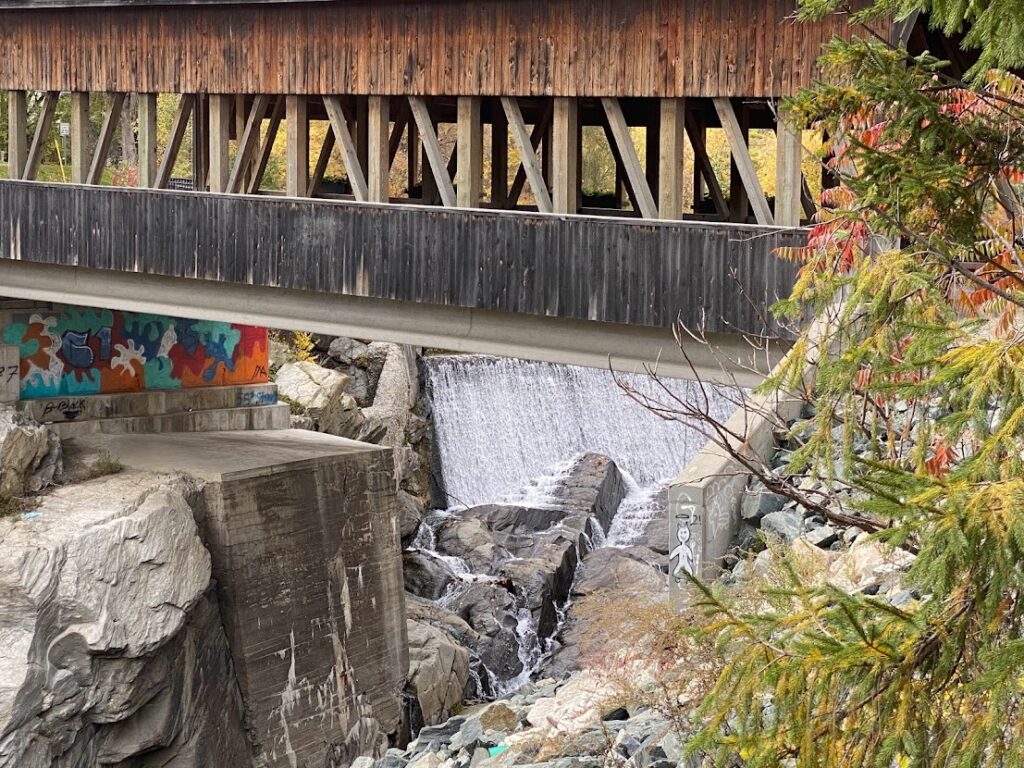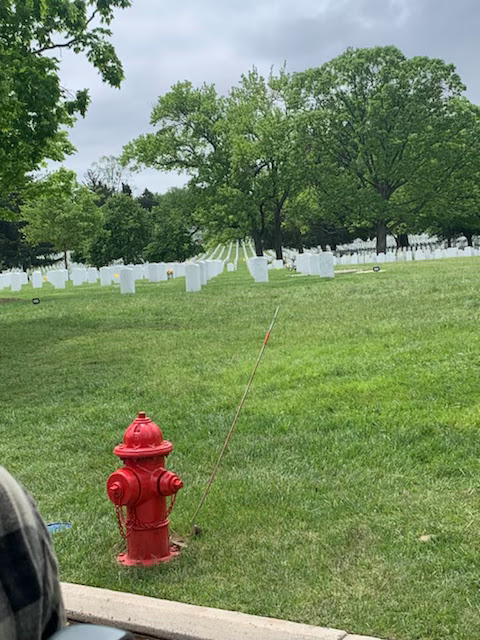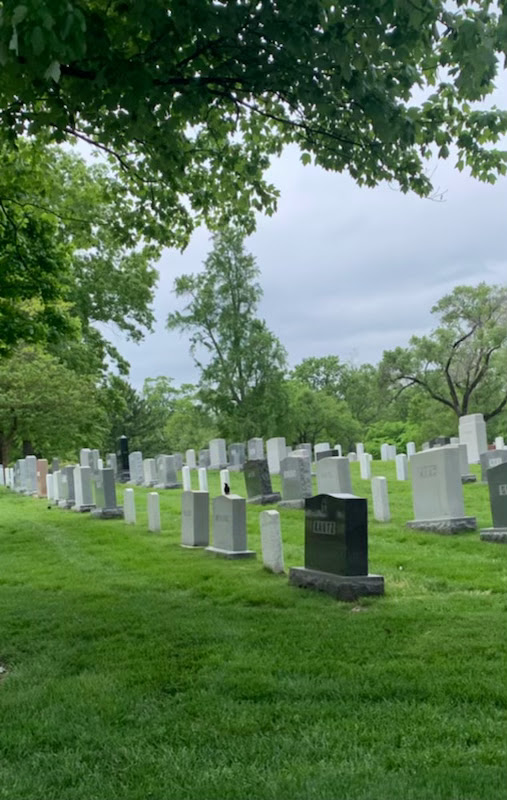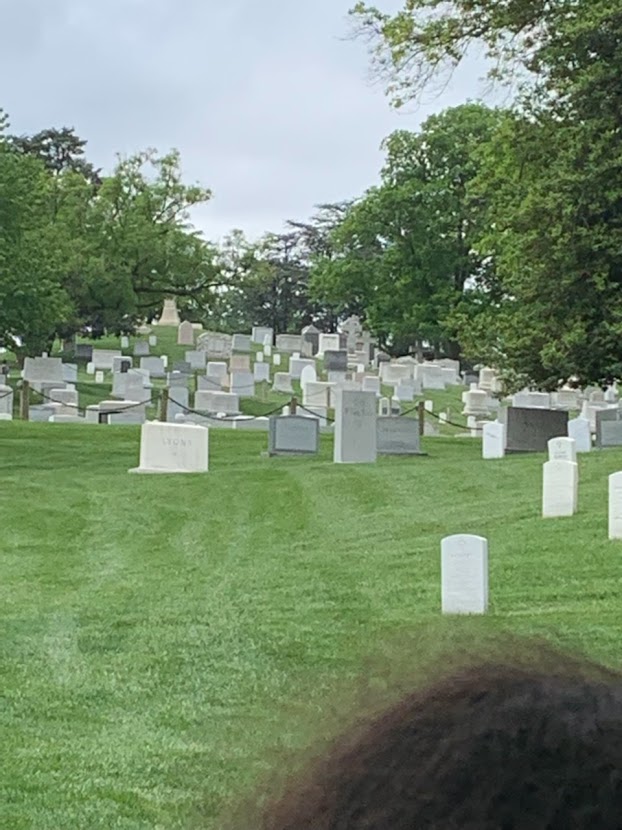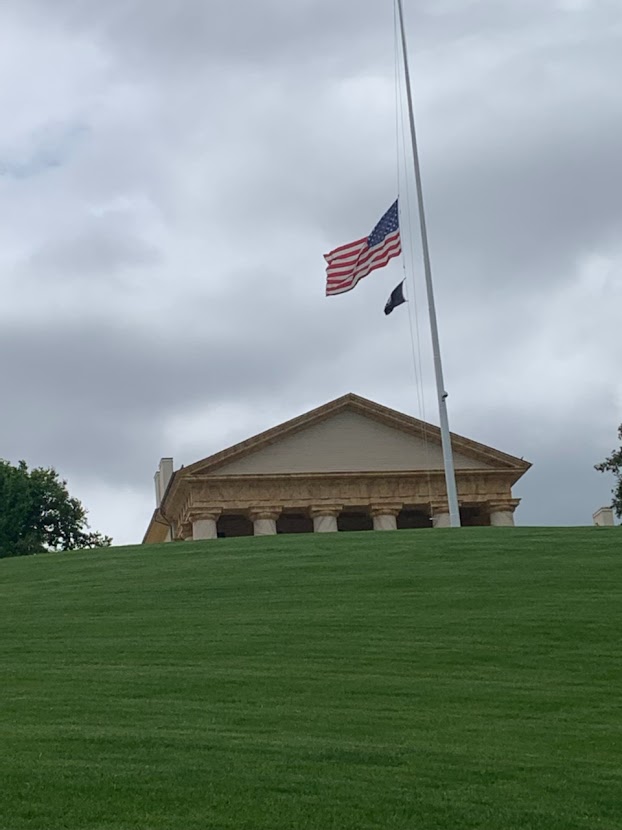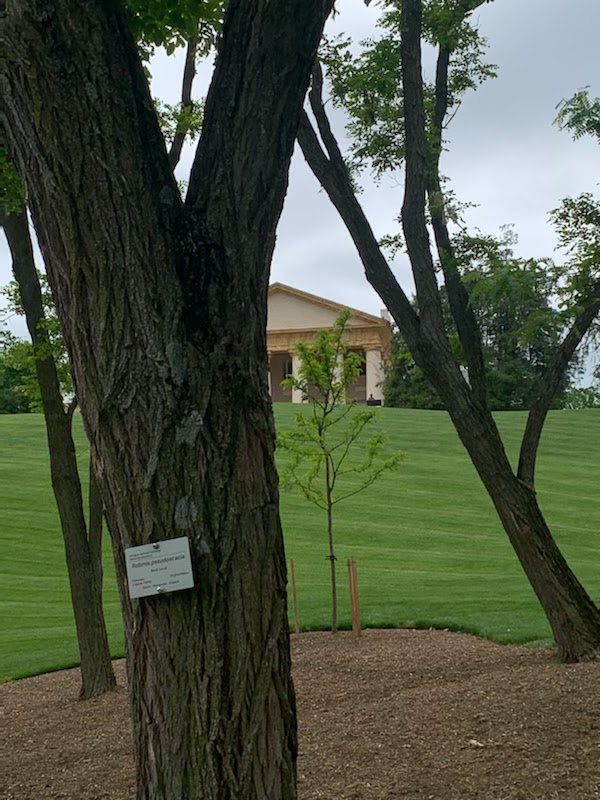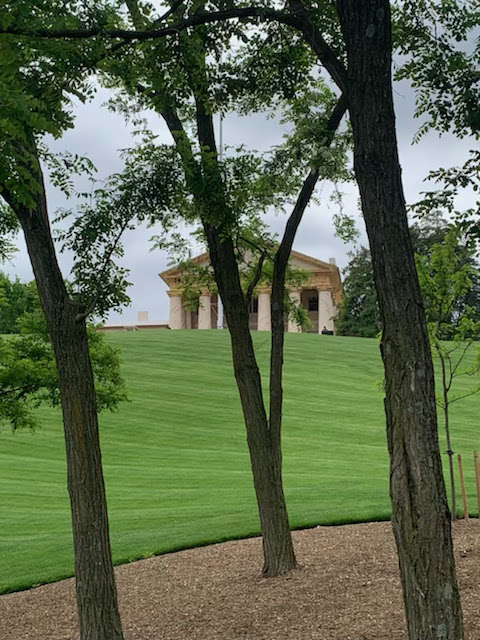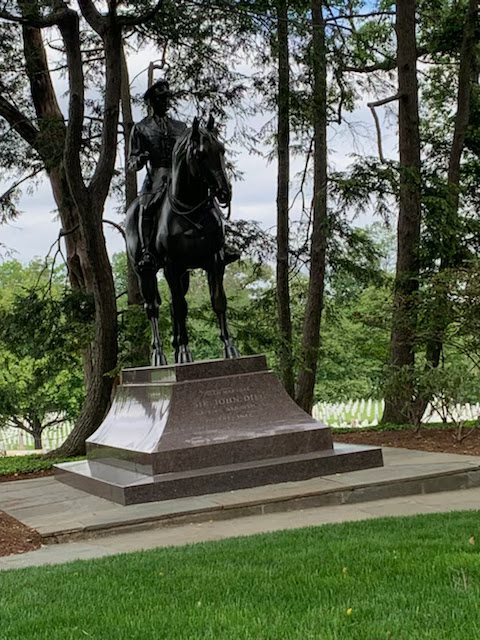The Lincoln Covered Bridge spans the Ottauquechee River, a short way west of the village of West Woodstock. It is just south of US 4, connecting that road to Bridges Road and Fletcher Hill Road on the south side of the river. It is a single span, 136 feet in length, resting on concrete and stone abutments, and is 18.5 feet wide with a roadway width of 14 feet . The bridge was built in 1877 by R.W. Pinney and B.H. Pinney about thirty years after the Pratt truss was patented. According to covered bridge history Richard S. Allen, it is the only known surviving use of the Pratt truss in wood; this form is seen much more widely in metal bridges built later.
See a more detailed post on this bridge here.
